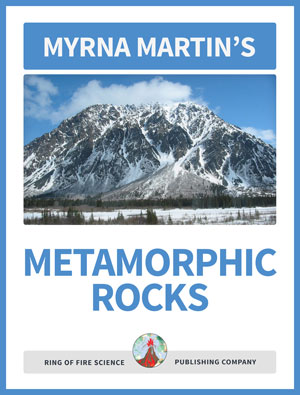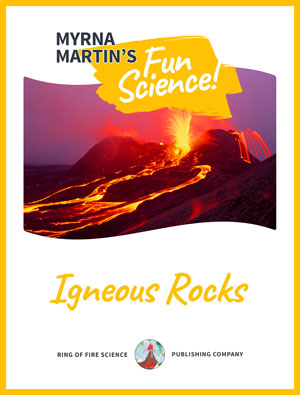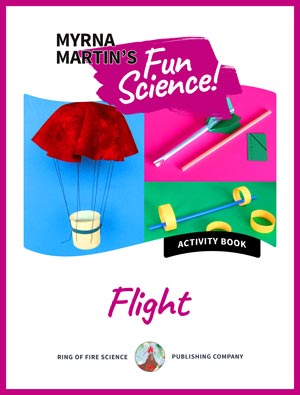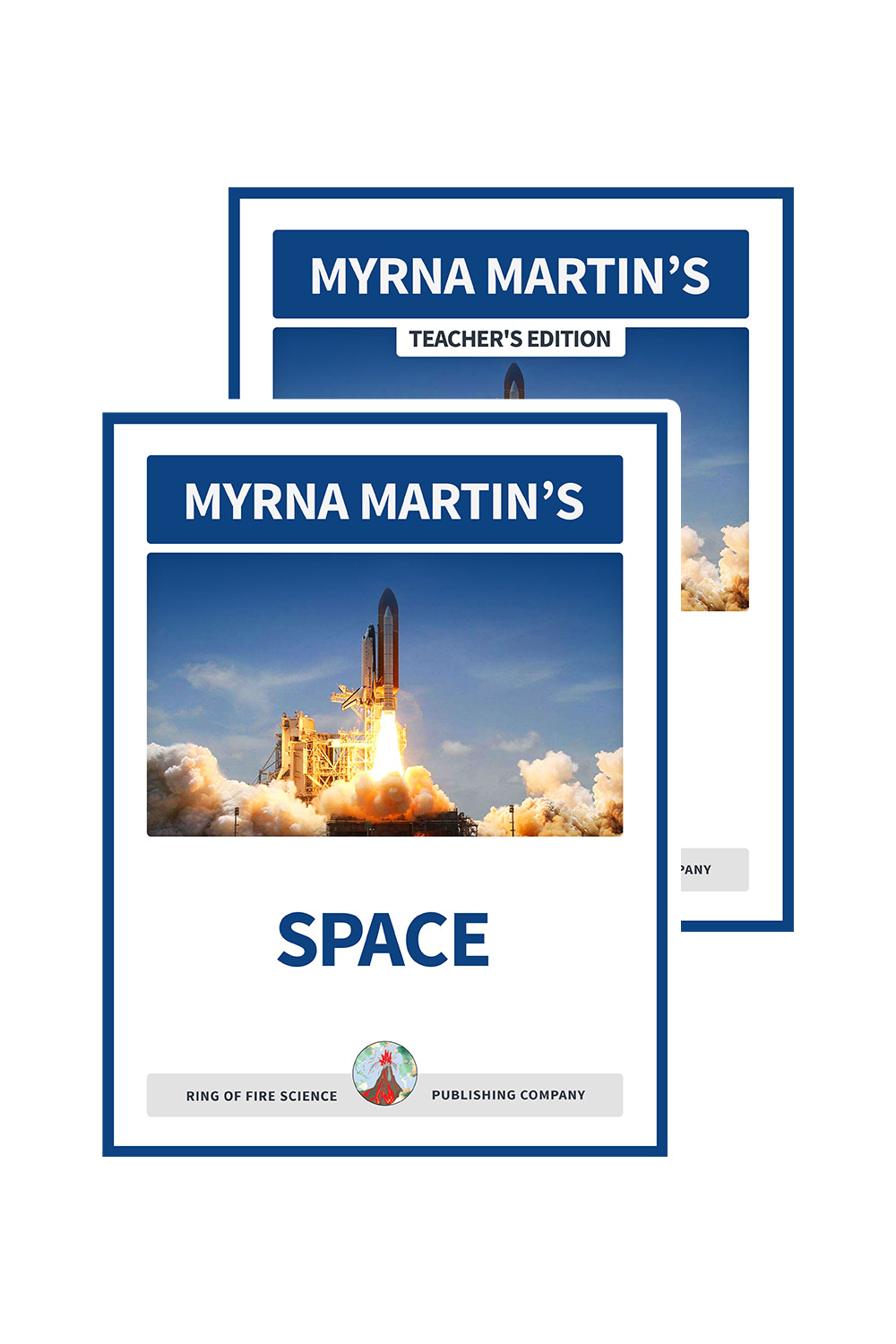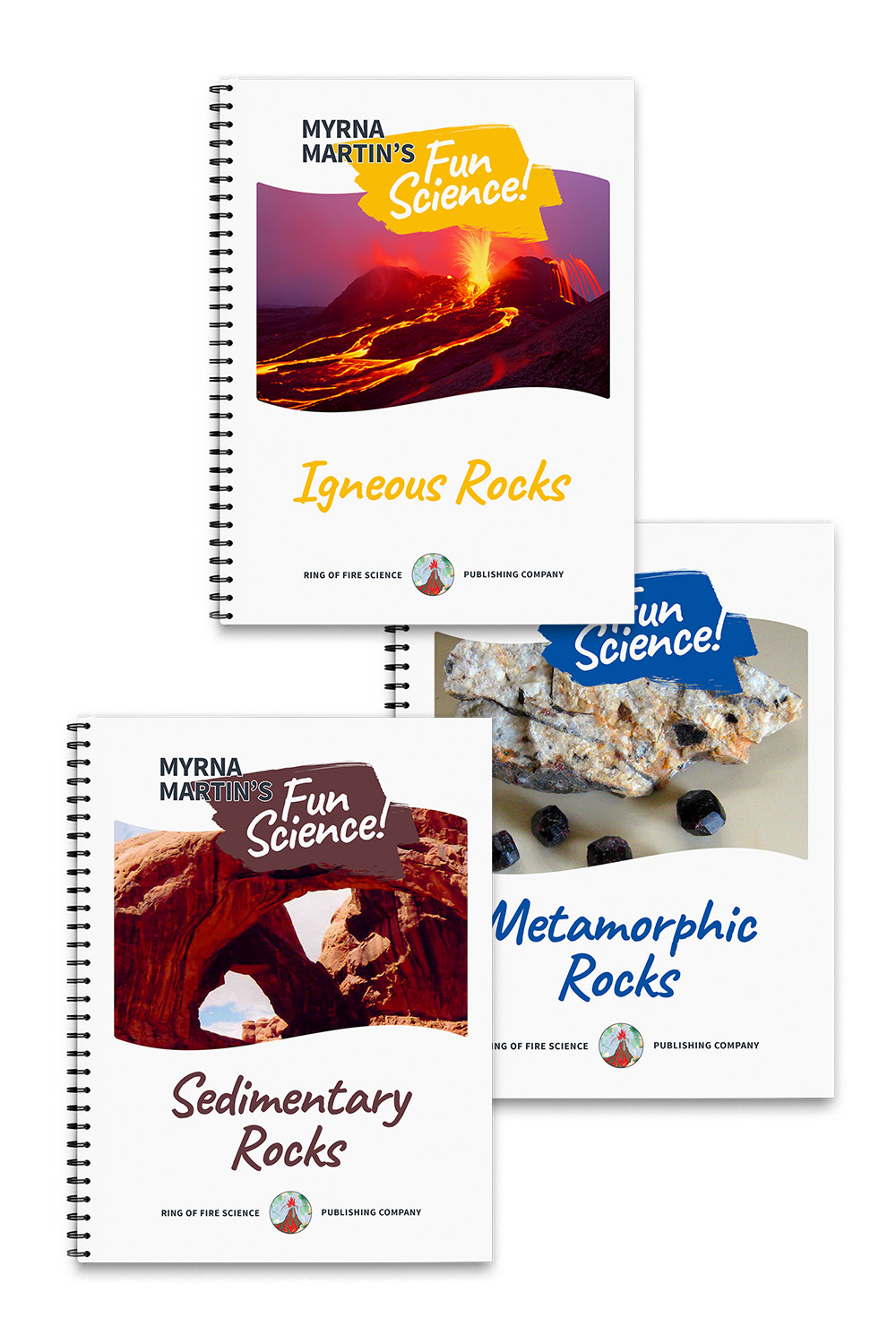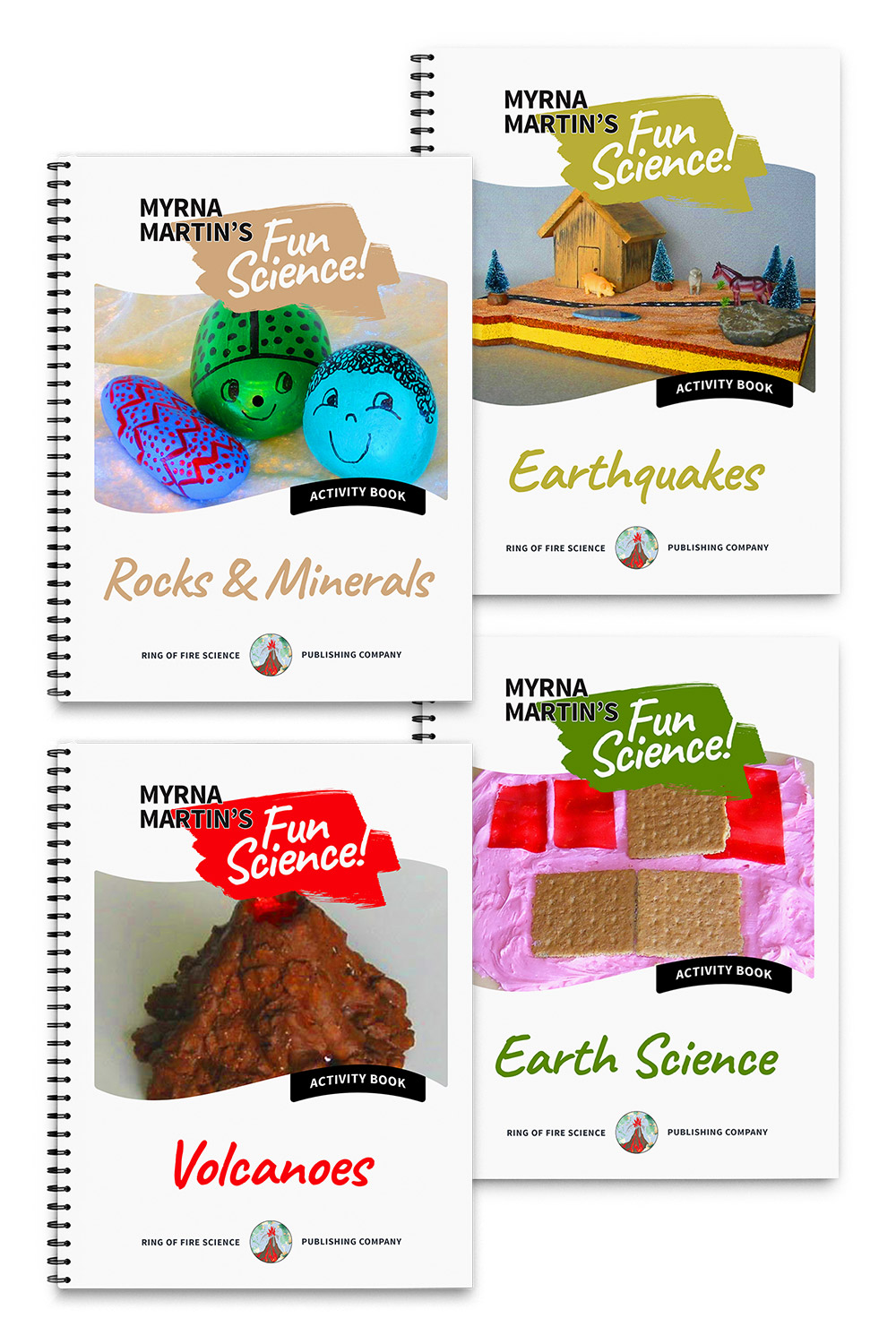Fascinating Science trivia
Fascinating science trivia about early maps
The first reasonably accurate maps were made in the 1500s. Today maps contain the Equator, Topic of Cancer, Tropic of Capricorn, Arctic and Antarctic Circle. Lines of longitude and latitude also are included on maps. The Equator is an imaginary line around the middle of the Earth.
Tropic of Cancer
The Tropic of Cancer is the northernmost point that the Sun can be seen directly overhead. The Summer Solstice occurs on this day in the Northern Hemisphere.
The Tropic of Capricorn is the southernmost point that the sun can be seen directly overhead in December. The tropics are the regions of the Earth that lie immediately north and south of the Equator.

Caravel ships used by early explorers
Caravel sailing ships were used in the 1400s and 1500s
Most of the explorers that sailed the oceans in the 1400s and 1500s traveled on a caravel. These ships were 30 meters long and could cope with the roughest seas. Many men died on the voyages of discovery. The first voyage around the world set sail with five ships and 230 men in 1519. At the end of the voyage only one ship and 18 men survived the trip.
The Arctic Circle is a line below the North Pole
The Arctic Circle is a line of latitude that lies below the North Pole. It is the southernmost line in the Northern Hemisphere where the sun can remain continuously above the horizon for 24 hours in the summer (the summer solstice).
Sun below the horizon in December
It is also the line where the sun can remain continuously for 24 hours below the horizon in December during the winter solstice. The Antarctic Circle is the northernmost latitude that the sun can remain continuously below or above the horizon for 24 hours.

Rome's Forum built by the Romans
Fascinating science trivia about Rome
The City of Rome
The Roman Empire flourished over 2000 years ago. By the first century AD the empire ruled much of Europe, North Africa and the Near East.
In 100 AD over a million people lived in the city of Rome. The empire faded because of plagues and wars. In 650 AD Rome had only about 10,000 people living in the city.
Rainbows
Rainbows are caused by sunlight passing through falling rain. As the sunlight travels through the rain some of the sunlight strikes the raindrops.
The raindrops act like small prisms breaking up the light. The rays within the white light are bent and we see the individual colors in the light which are red, orange, yellow, green blue, indigo and violet.
Amphibians
Amphibians are unusual animals because they can breathe both air and water. Frogs, toads, newts and salamanders are examples of amphibians that can breathe both air and water.
Most frogs and toads live near the water. Frogs are generally smaller than toads but are better jumpers.
The toad’s warty skin holds moisture better than a frog’s skin so they can stay out of water longer.
Newts and salamanders are amphibians with tails. They are not as numerous as frogs and toads. They live mostly in tropical forests, plus lakes and forests in cooler climates.
More science News
Current Events in Science - Talks about the Antarctica ice sheet and how they are gathering water from subglacial lakes, how mud samples.
Current Events in Earth Science - Find out about ancient petroglyphs found above Pyramid Lake, a playa, in Nevada that are thought to be the oldest in North America.
Kids Current Events - Learn how people living in rural communities in India are using Solar Energy Carts so they can work in the evenings.
Science Articles for Kids - Find out about the honey bees that travel around the United States pollinating farmer’s crops.
Science Trivia – This page includes fun stuff about the world we live in including Early Maps, Sailing Ships, Arctic Circle, and Amphibians.
Science Inventions - Bakelite was the first modern plastic. Its slogan was the material with 1000 uses. Collectors love jewelry made from Bakelite.
Science Current Events - Find links to the latest current events in Earth Science and science news on this webpage.
Kids Fun sCIENCE bOOKSTORE
Check out Myrna Martin's award winning textbooks, e-books, videos and rock sets. The Kids Fun Science Bookstore covers a wide range of earth science topics. Click here to browse.
Sign up to our monthly newsletter and receive our FREE eBook containing 3 fun activities that don’t appear in any of our other books!
The Kids Fun Science monthly newsletter will include the following: current events, weird and fantastic facts, a question of the month, science trivia and the latest new content from our website.
We respect your privacy and you can be assured that we will never share your email address or use it for any other purpose than to send you our newsletter.



